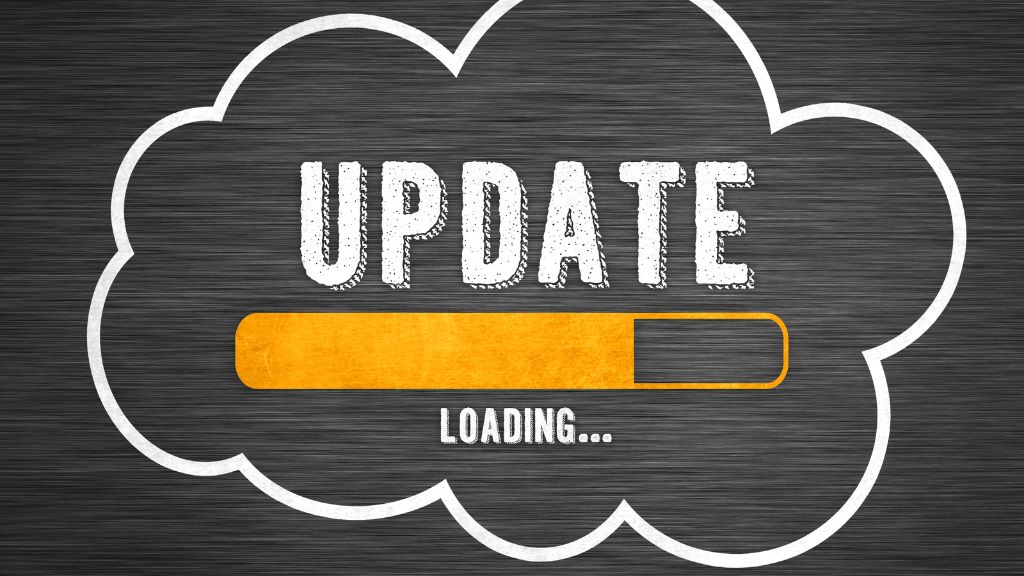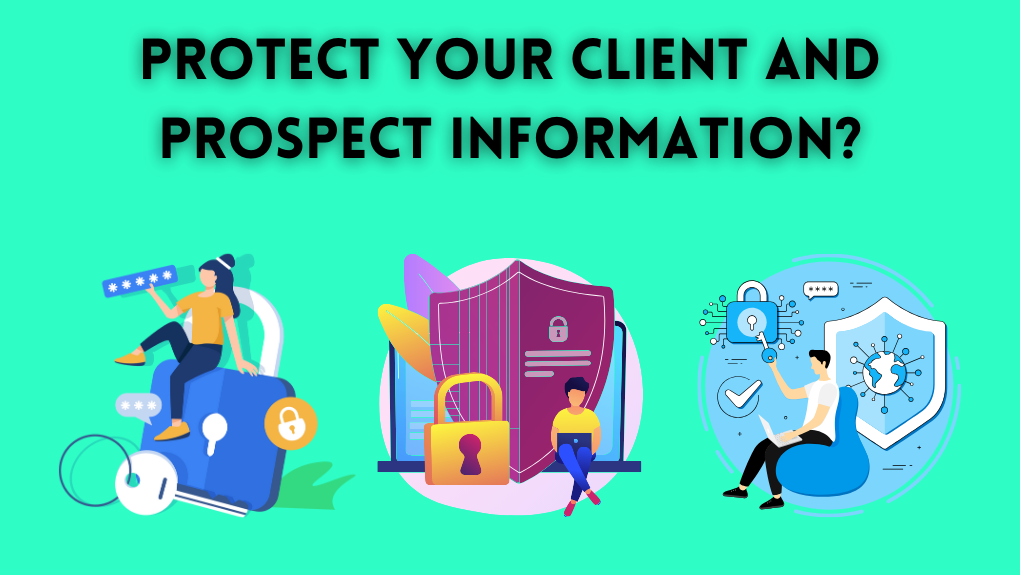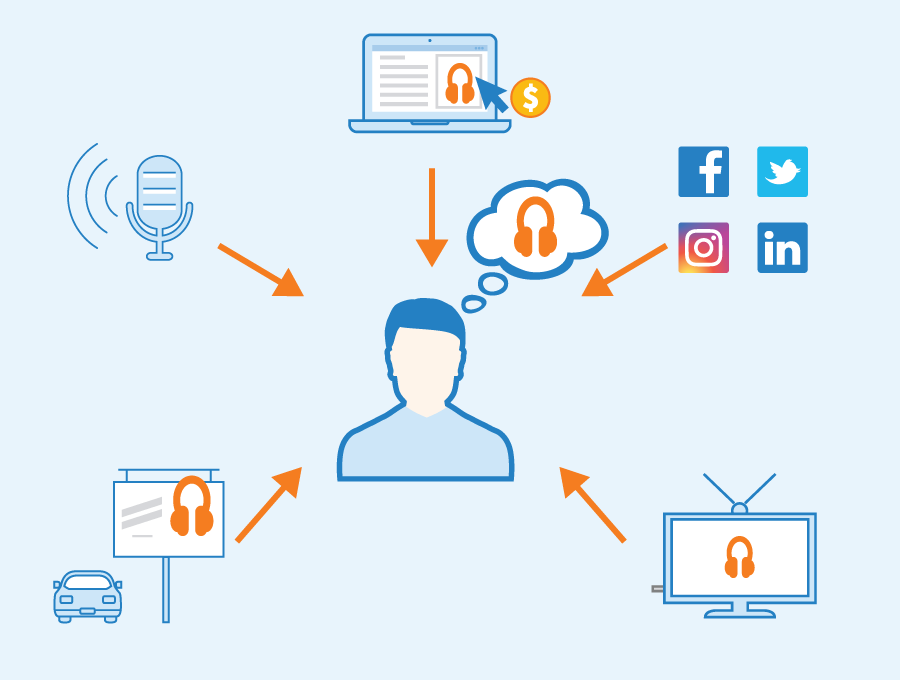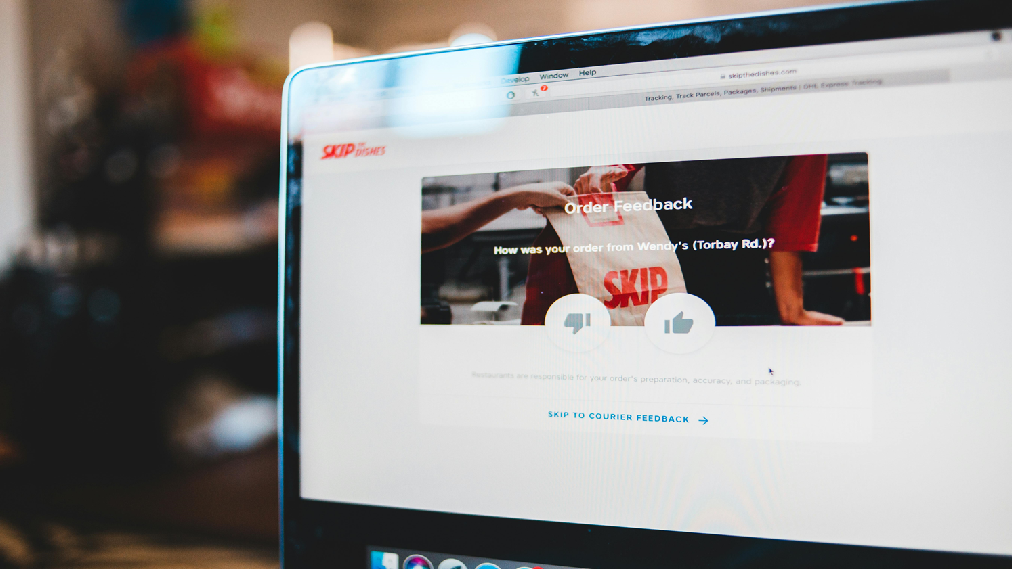How to Protect Your Client and Prospect Information?
A 2023 survey revealed that 27 percent of online adults in the United States and the United Kingdom feared their data was being misused. Although 31 percent (U.S.) and 33 percent (U.K.) said they're actively protecting their data online, the prevalence of data privacy fears underscores the growing necessity of data protection for consumers. They want to ensure companies have cybersecurity policies that make them feel secure about their data confidentiality.
In the contemporary era of innovations, data breaches are becoming more sophisticated due to technologies like artificial intelligence (AI). So, why is protecting client and prospect information essential, and how can you ensure that protection?
The Importance of Client and Prospect Confidentiality
Client and prospect confidentiality is paramount to business ethics. Consumers expect companies like yours to prevent their data from reaching third parties. Hence, failing to secure confidential information may result in losing existing and prospective clients.
At the same time, your company may face legal liabilities like class action lawsuits, which can be expensive. Other damages breaches may incur include:
a. Loss of employee trust and confidence
b. Declining market value due to reputation damage
c. Operational disruptions and downtimes
d. Decreased investor confidence, which could affect funding and growth opportunities
e. Heightened scrutiny from data privacy regulators
Best Practices for Safeguarding Client and Prospect Information
Now that you understand the significance of client and prospect confidentiality, here are the best practices for safeguarding their information:
1. Establish a comprehensive privacy policy
Your data privacy policy informs your prospects and clients about how your company collects, uses, and secures data. This protocol affirms your commitment to maintaining data integrity.
This policy must include the following guidelines:
a. The extent of required data protection
b. Legal compliance stipulations
c. Assigned roles and responsibilities, including accountable roles for data protection activities
Once your policy is live, ensure consumers can easily find it on your website or product documentation. You should also include links to the policy on the forms you display on your website, newsletters, and marketing emails.
2. Use a highly secure file-sharing and messaging solution
When sharing confidential information within internal teams, regular emails won't suffice. Hackers can access and intercept emails through attacks like malware and phishing.
To prevent these breaches, you must employ a highly secure file-sharing and messaging platform to ensure data security in transit and at rest. Implementing a robust file transfer monitoring system, can enhance your data protection strategy by providing real-time tracking and auditing of file movements.
Here are the features to look for:
a. End-to-end encryption for messages and data transfers
b. Multi-factor authentication (MFA) for enhanced authorized access
c. Data loss prevention (DLP) functions
d. Data storage with encryption at rest
e. Real-time alerts for suspicious activities
f. Dedicated customer and tech support with rapid response to security incidents
3. Install data protection software

Data protection software, or antivirus, is a program that detects and blocks viruses by scanning files and computer memory for patterns indicating malware presence. After installation and setup, you can enable automatic scans to ensure routine scans, eliminating the need to check manually.
When the software discovers a breach, it generates a dialog box asking you to remove the file. However, the program can usually delete the virus without asking you. It's best to choose industry-recognized antivirus software to get comprehensive detection. This way, you can get advanced features that have been thoroughly tested to detect and prevent breaches.
4. Employ a virtual private network (VPN)
Virtual private networks, or VPNs, create point-to-point tunnel encryptions to conceal IP addresses, hide browsing histories, and bypass blocks and firewalls. With these features, your company information and location are untraceable when browsing and transferring data.
Employ a VPN in your company's networks to bolster data protection across devices. Providers like IPVanish offer an iOS VPN with unmetered connections and threat protection for iOS devices. It is also compatible with other operating systems, like Linux and Windows.
5. Limit your data collection to essential points
Limiting your data collection to essential points helps reduce the risk of data breaches. You must balance the collection between data that improves products and ensuring privacy with relevant data points.
You can measure relevance with two methods:
a. Collect data that doesn't count as personally identifiable information (PII). This information doesn't reveal people's identities. For example, you can collect consumer activities, demographics, and interests but not home addresses or credit card information.
b. Allow prospects and clients to opt in or out of specific data collection processes. This method lets users share the information they're comfortable with.
6. Store hard copies in an environment with controlled access
Hard copies are as essential as online data. Storing them in an environment with controlled access enables you to limit document management and retrieval to authorized personnel only. However, an even more secure and efficient approach is to digitize physical files using a document scanner, which can help streamline access control, ensure encrypted storage, and reduce the risk of physical loss or damage. Moreover, this security approach provides logging access history, detailed tracking, and accountability for additional protection and supervision.
7. Create strong passwords and enable multi-factor authentication

Strong passwords contain at least eight characters, numbers, special symbols, and uppercase and lowercase letters, making them challenging to deduce. Avoid the following mistakes when creating passwords:
a. Using weak information like birthdays, "ABCD," or "12345"
b. Reusing passwords for multiple accounts and devices
Changing your passwords every 90 days is ideal to prevent unauthorized access when hackers find your old codes. Then, configure the multi-factor authentication. This verification system employs multiple login mechanisms like biometrics, authentication apps, text messages, and one-time passwords (OTPs) to ensure exclusive and authorized access.
8. Comply with industry standards
Industry regulations like ISO 27001, HIPAA, and SOC-2 are some frameworks that protect client and prospect information.
a. ISO 27001: This protocol is the international information security management system (ISMS) standard. It provides guidelines for establishing, implementing, maintaining, and improving security systems.
b. HIPAA: This regulation is the Health Insurance Portability and Accountability Act of 1996, a U.S. federal law protecting patient information.
c. SOC-2: A voluntary compliance protocol for service organizations by the American Institute of CPAs (AICPA). It specifies how companies should manage customer data based on the Trust Services Criteria: availability, security, confidentiality, privacy, and processing integrity.
Compliance with these industry standards ensures your organization has robust security policies, demonstrating your commitment to privacy and security.
9. Periodically review your records and systems
Another method to maintain client and prospect confidentiality is to periodically review your records and systems. Here's how to do it:
a. Assign specific staff to oversee documents, files, and security systems. Preferably a staff member who is an expert at operating systems and document management.
b. Establish reporting lines for money management and require dual signatures for bank withdrawals.
c. Encourage your staff to record their decisions in every transaction and their reasons for them. This documentation can be a valuable reference to help defend their actions if questioned.
10. Regularly update all your device systems

Outdated systems have security loopholes that make it easy for hackers to acquire your company's information. Regularly updating helps mitigate these vulnerabilities. They can even enhance performance bugs to strengthen device stability.
Your providers often put the updates on their websites once they are available. In most cases, your devices will notify you. Install them immediately or authorize automatic updates to avoid forgetting manual updates.
Sometimes, vendors discontinue support for programs and software—the end-of-life software (EOL). Continued use of these platforms can lead to breach exposure, decreased performance, and compatibility issues. So, retire all your EOL applications to prevent these security pitfalls.
11. Host routine cybersecurity training
The tech and marketing departments shouldn't be the only teams understanding client and prospect confidentiality. You should host routine cybersecurity training to educate your staff about recognizing and preventing data compromises.
You can also cultivate a cyber-resilient culture by sharing resources, such as online articles and books about cybersecurity. These materials help ensure your staff is informed about the current cybercrime trends, particularly on advancements in attacks through AI and other emerging technologies.
At the same time, these resources and training sessions can help your organization develop cyber-resilient contingency plans.
These strategies ensure your firm can function without access to computers or networks, preventing downtimes. This way, the staff receives instructions on what and not to do until tech authorities give the all-clear signal.
Assure Your Prospects and Clients
Upholding the highest data protection and confidentiality standards reinforces the commitment that secures consumers' trust in your organization.
With these cybersecurity practices, you can foster a culture where trust isn't just a policy but an experience that assures every client and prospect who chooses to partner with you.







